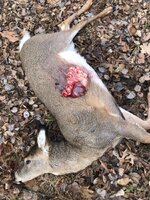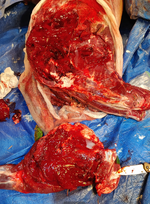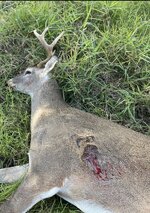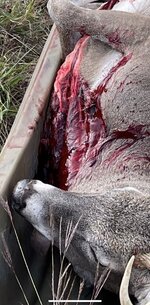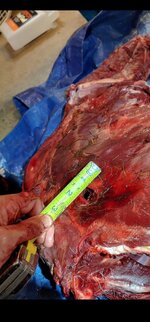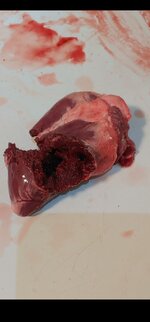PistolPete
WKR
- Joined
- Dec 6, 2019
- Messages
- 429
OK, yall got me on board with the smaller match bullets; gonna shoot them this fall. The evidence is just too overwhelming, and I'm confident they'll work for me just like they have for all of you. I'm even working on a 223/77 2200 fps load for my younger kids to hunt with - should be the lightest recoiling 200 yd deer gun around.
So, out of curiosity, I've heard that copper bullets produce less tissue damage than match bullets (and I believe it). But how much less? To eliminate variables, let's compare a TTSX to an TMK. What caliber and weight TTSX would it take to produce the wounding of a 77 TMK, impact velocities equal (say 2200 fps)?
I'm working on getting 223s legalized for deer in a certain eastern state where I'm a biologist for the state agency, and this forum has given me TONS of valuable information to that end. I have a large and growing presentation based on the 223 thread.
Thanks,
Pete
So, out of curiosity, I've heard that copper bullets produce less tissue damage than match bullets (and I believe it). But how much less? To eliminate variables, let's compare a TTSX to an TMK. What caliber and weight TTSX would it take to produce the wounding of a 77 TMK, impact velocities equal (say 2200 fps)?
I'm working on getting 223s legalized for deer in a certain eastern state where I'm a biologist for the state agency, and this forum has given me TONS of valuable information to that end. I have a large and growing presentation based on the 223 thread.
Thanks,
Pete

